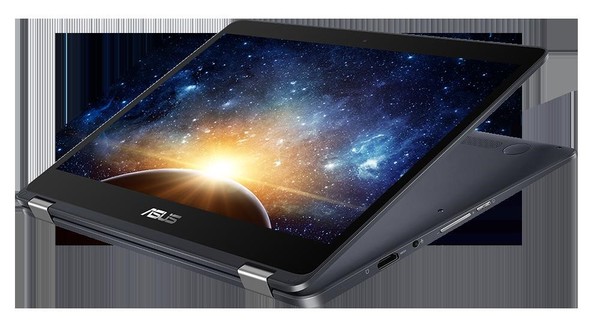Microsoft, along with OEMs, is working to improve cellular connectivity and power management features of Windows 10 to bring them at par with mobile operating systems like Android and iOS. They should reach the stable branch of the OS with Redstone 4. Windows 10 Redstone 4 is expected to be released in Spring 2018, most likely in March.

The new ARM-based devices which represent the "Always Connected PC" class, will include eSIM technology. This will allow them to keep a constant real-time connection with cellular networks with high power efficiency.
It is worth mentioning that many modern devices already have an LTE modem on-board, but with eSIM things will work differently.
Users will have the ability to attach their Windows 10 device to their carrier's mobile data plan of choice, and the OS will download the appropriate eSIM profile from the cloud. This will bypass the need to activate the SIM in a retail store. Initially, this scenario will be supported in Windows 10 Redstone 4 for a limited number of countries.
Also, an Enterprise eSIM feature will allow bulk purchase subscriptions from cellular operators and then MDM (Mobile Device Management) services like Windows Intune can be used automatically provision connectivity across devices.
Besides eSIM, Microsoft is about to team up with Intel to certify devices so they pass tests related to Modern Standby, which manages background activities. The goal is to get Modern Standby enabled on desktops too, not just mobile devices. Modern Standby is one of the core ideas of Always Connected PCs, which will allow the device to turn on almost instantly without hibernation.
This will enable features like Wake-on Remote Desktop besides Wake-on Voice and Wake-on Fingerprint reader.
Support us
Winaero greatly relies on your support. You can help the site keep bringing you interesting and useful content and software by using these options: